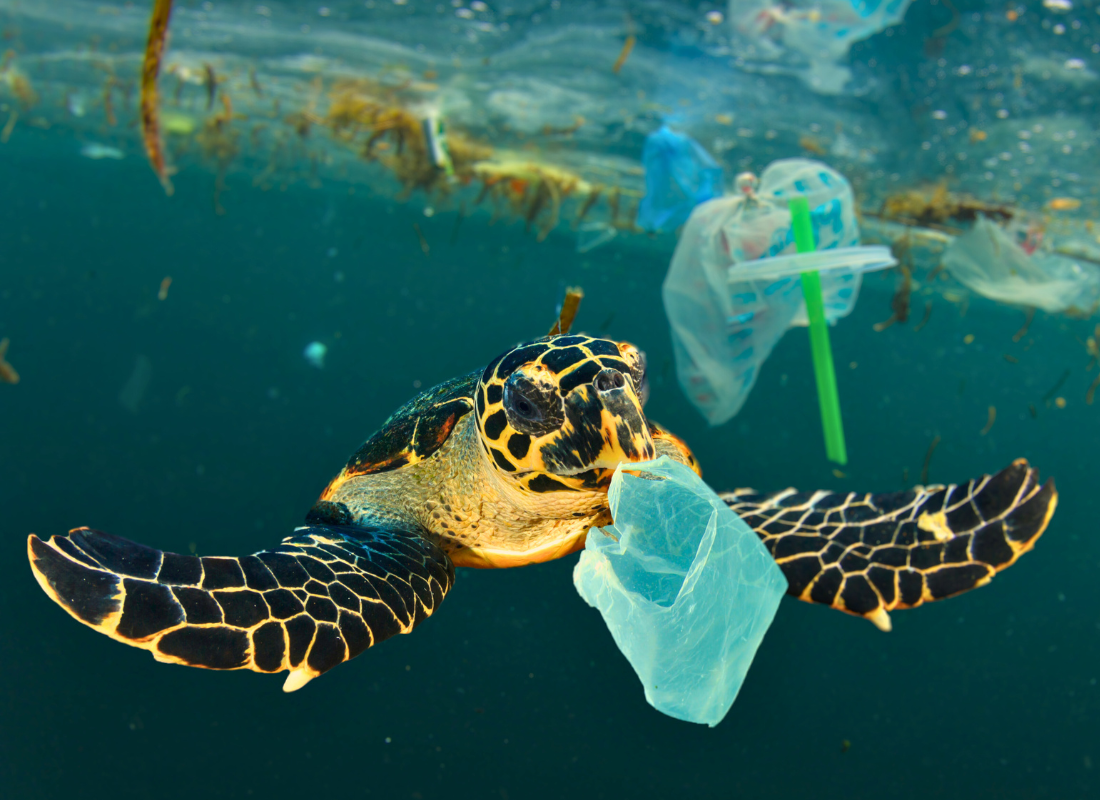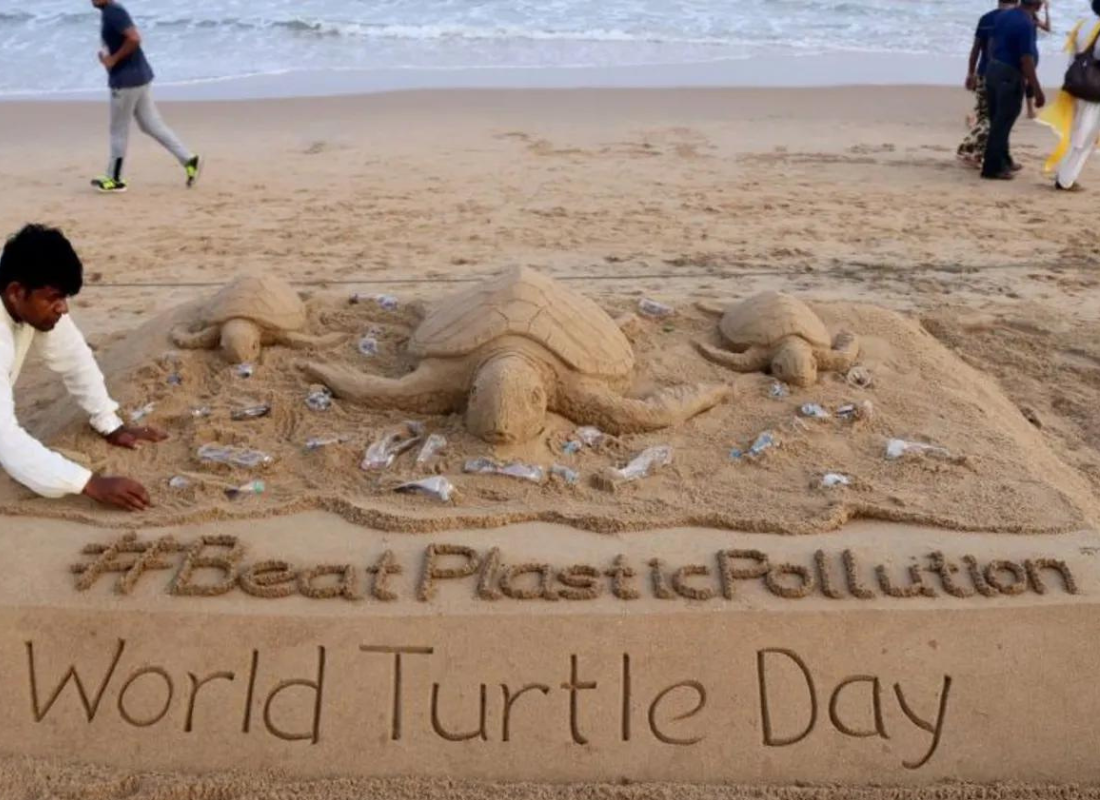
Sea turtles are attracted to eating plastic for several reasons, primarily related to the way plastic debris mimics their natural food sources. Here are the key factors:
Visual Cues

-
Resemblance to Jellyfish
Many sea turtles, particularly leatherback turtles, feed on jellyfish. Floating plastic bags and other debris can closely resemble jellyfish, leading turtles to mistake them for prey.
-
Color

Some plastics are brightly colored or transparent, which can make them appear similar to the natural prey of sea turtles, such as jellyfish, sea grasses, and algae.
Chemical Cues

-
Biofouling

Over time, floating plastic debris accumulates marine algae, microorganisms, and other organic matter, a process known as biofouling. This creates a scent similar to the natural food sources of sea turtles. When turtles rely on their sense of smell to locate food, they may be misled by the odor of biofueled plastic.
Behavioral Factors

-
Curiosity and Opportunistic Feeding
 Sea turtles are curious creatures and tend to investigate unfamiliar objects in their environment. They are also opportunistic feeders, meaning they might eat almost anything that seems edible, including plastic debris.
Sea turtles are curious creatures and tend to investigate unfamiliar objects in their environment. They are also opportunistic feeders, meaning they might eat almost anything that seems edible, including plastic debris.
-
Reduced Food Availability

In areas where natural food sources are scarce due to overfishing, habitat loss, or other environmental changes, sea turtles might consume more readily available plastic debris.
Nutrient Deficiency

There is some evidence to suggest that turtles with nutrient deficiencies might be more likely to ingest plastic in search of missing nutrients. However, this is less understood, and more research is needed to confirm this hypothesis.
Sensory Misleading

-
Shape and Movement

The shape and movement of plastic debris in the water can mimic the appearance and behavior of prey items. For example, plastic bags floating in the ocean may undulate in the current in a way that resembles the swimming motion of jellyfish.
-
Surface Texture
 Some plastic items may have textures similar to natural prey, such as squid or sea cucumbers, making them appealing to the tactile senses of sea turtles.
Some plastic items may have textures similar to natural prey, such as squid or sea cucumbers, making them appealing to the tactile senses of sea turtles.
CONCLUSION
 These factors contribute to the dangerous attraction of sea turtles to plastic debris, leading to ingestion that can cause physical harm, blockages, malnutrition, and even death. Efforts to reduce plastic pollution in marine environments are crucial to protecting these ancient and vulnerable creatures.
These factors contribute to the dangerous attraction of sea turtles to plastic debris, leading to ingestion that can cause physical harm, blockages, malnutrition, and even death. Efforts to reduce plastic pollution in marine environments are crucial to protecting these ancient and vulnerable creatures.





